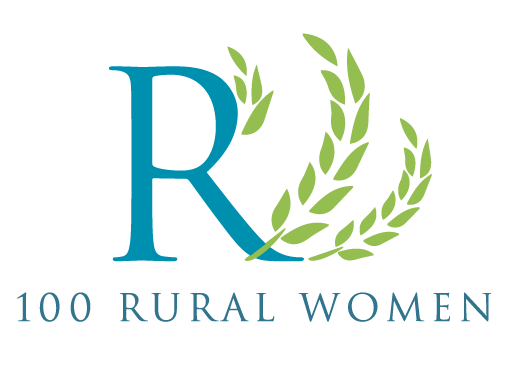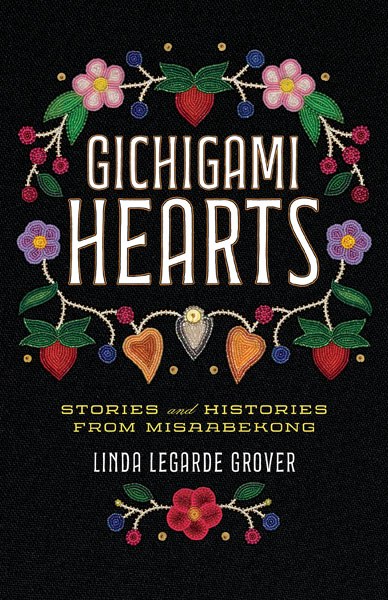April 2023 Book - Wed., the 12th @ 7PM
Gichigami Hearts
By: Linda LeGarde Grover
Long before there was a Duluth, Minnesota, the massive outcropping that divides the city emerged from the ridge of gabbro rock running along the westward shore of Lake Superior. A great westward migration carried the Ojibwe people to this place, the Point of Rocks. Against this backdrop—Misaabekong, the place of the giants—the lives chronicled in Linda LeGarde Grover’s book unfold, some in myth, some in long-ago times, some in an imagined present, and some in the author’s family history, all with a deep and tenacious bond to the land, one another, and the Ojibwe culture.
Within the larger history, Grover tells the story of her ancestors’ arrival at the American Fur Post in far western Duluth more than two hundred years ago. Their fortunes and the family’s future are inextricably entwined with tales of marriages to voyageurs, relocations to reservation lands, encounters with the spirits of the lake and wood creatures, the renewal of life—in myth and in art, the search for meaning in the transformations of our day is always vital. Finally, in one man’s struggles, age-old tribulations, the intergenerational traumas of extended families and communities, and a uniquely Ojibwe appreciation for the natural and spiritual worlds converge, forging the Ojibwe worldview and will to survive as his legacy to his descendants.
Blending the seen and unseen, the old and the new, the amusing and the tragic and the hauntingly familiar, this lyrical work encapsulates a way of life forever vibrant at the Point of Rocks.
About the Book About the Author Book ReviewDiscussion Questions:
1. The landscapes and natural surroundings of northeastern Minnesota play key roles in many events described in Gichigami Hearts. In your own experience and as a reader, how does this bring to mind a similar integration of the backdrop of the physical world and that sense of time and place?
2. The formal schooling education of American Indian children in the Indian boarding school system casts a long shadow over the history of Linda’s family, as well as probably every other Native family in America. What might be some of the ways in which families and family life were affected, and do you think that those effects continue in Native families and communities today?
3. The connections and interactions between Linda and Kate were quite moving to both. Each brought her own facet of her relationship to Elias; what do you think they found and gained from the emails and the afternoon in the coffee shop?
4. What do you think are some of the complicated legacies that Elias and the other ancestors in Gichigami Hearts left for their descendants and extended families, for the Anishinaabe/Ojibwe people, for all of us?
View past and future books from the Reading Room.



